Jang is mostly known for its military check-post and Nuranang Falls. I had already paid a visit to the former where I had to do my COVID-19 test a week ago. This time I wanted to visit the latter.
Nuranang Falls
After having puri and tea for my breakfast at Laxmi Hotel nearby, I descended down into the valley, hiked past Siddharth School, Jang Bazaar Line and the farmlands of Kharsa before reaching a signboard put up by the forest department that indicated the start of Nuranang Falls Road [1]. There is a power station just before the waterfall. A barricade stops any vehicle from trespassing into the power station. One has to walk the last few hundred meters to the fall. Unfortunately, many tourists don’t get close enough to the waterfall itself. Flt. Lt. Hritik had sent me a photo of the waterfall that suggested that he had not gone anywhere near the waterfall itself. Even on that that day, a group of six people had come from Assam in a tourist vehicle. Of those six people, two did not even take the pains of descending a couple of meters on paved roads and stairs to get close to the waterfall.
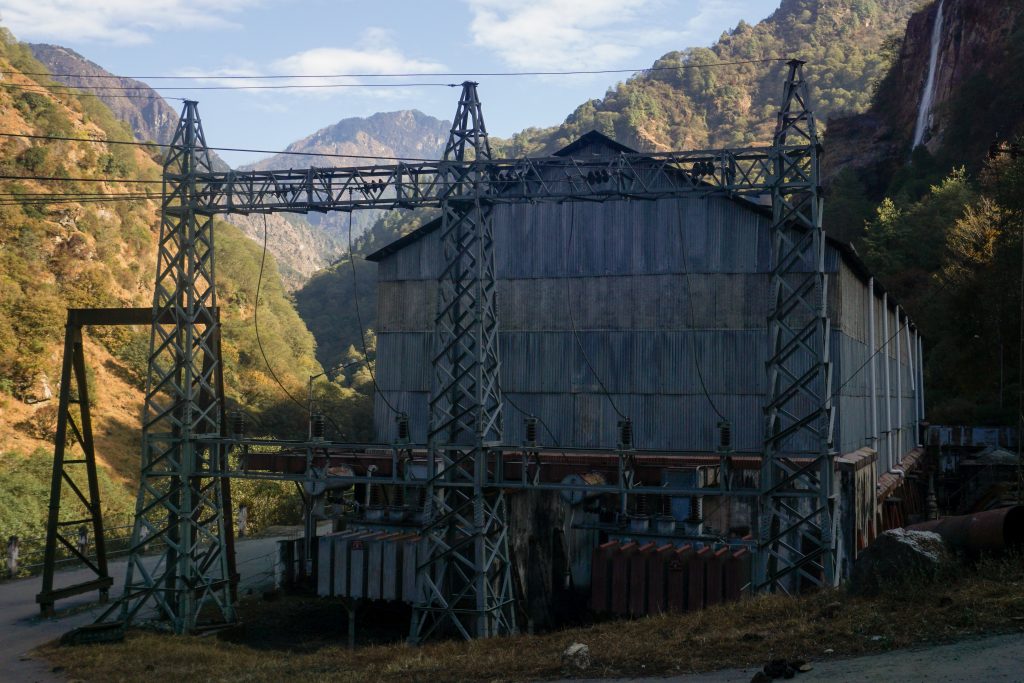
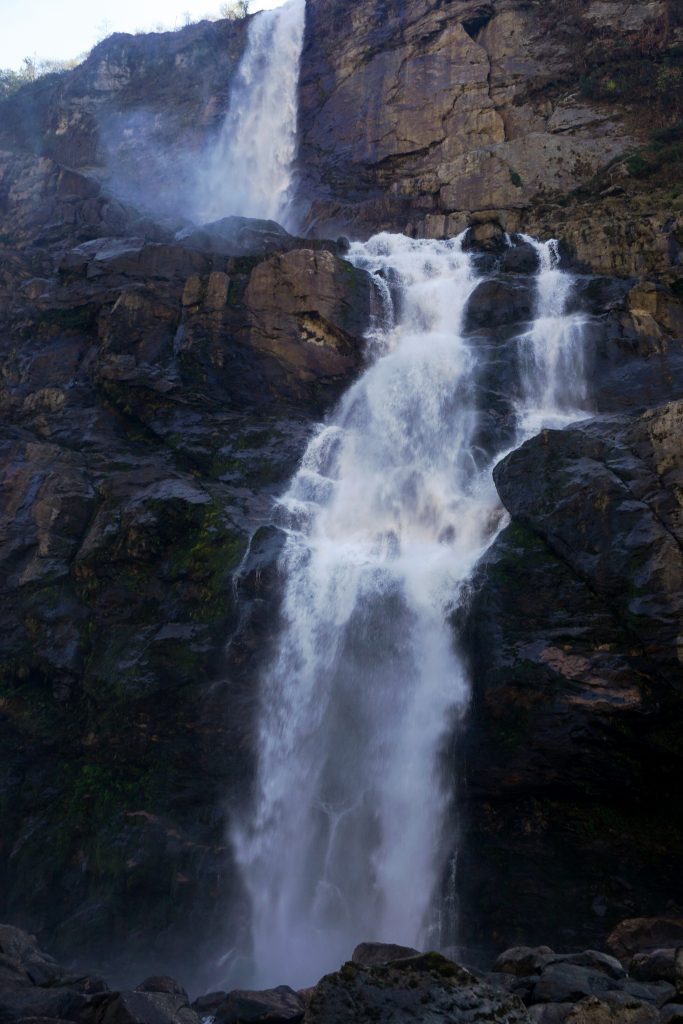
I walked on the rocks along the banks of the river. This reminded me of the time I had walked along Parvati River [2] from Kasol a couple of years ago. A bridge connected this side of the valley with the other side. Hiking trails from the other side of the bridge snaked along the opposite face of the mountain that connected villages on top of the hills. Locals often use these trails to reach Jang. The motorable road—about 30 kms—is way too long.
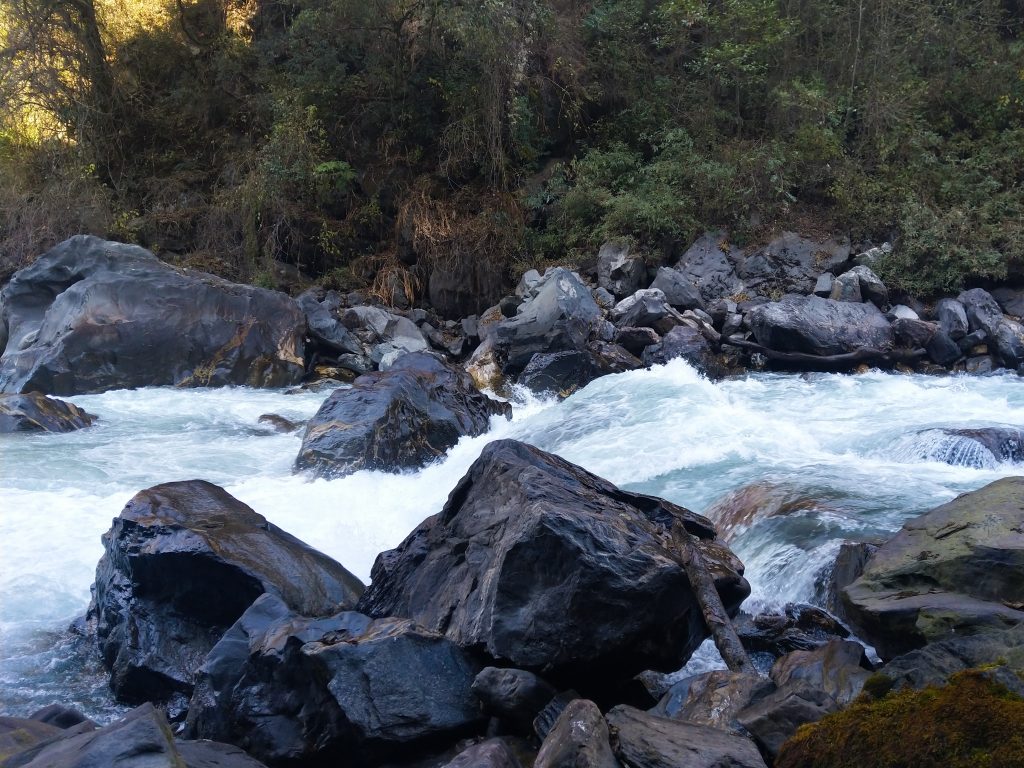
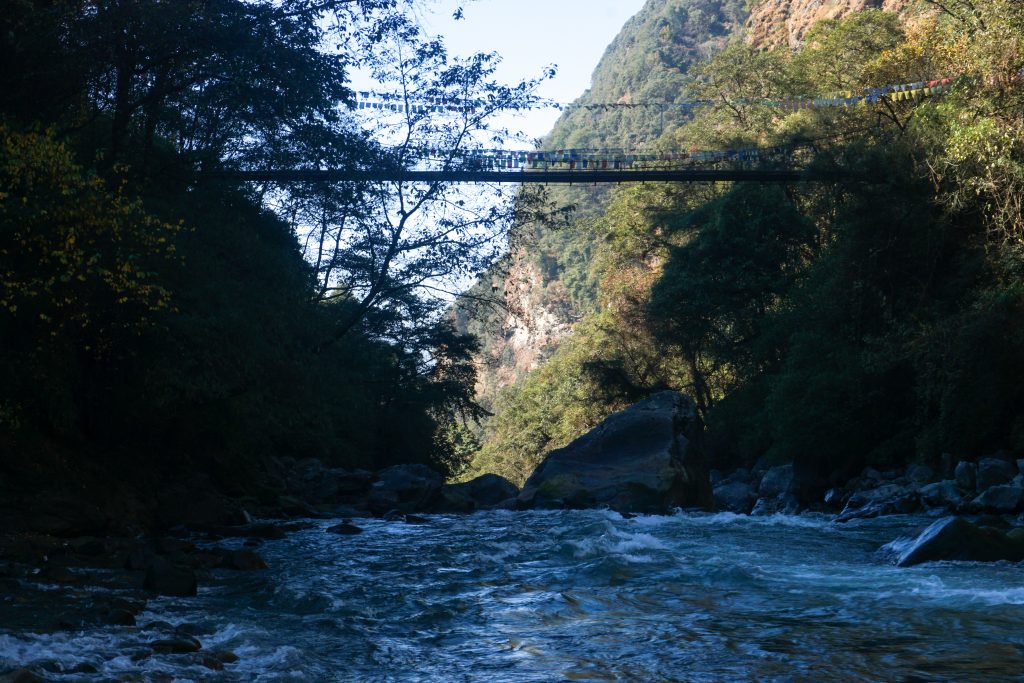
There is a flight of stairs that connect Nuranang with Jang main road. It follows three pipes from a reservoir above. It is also the shortest way to Jang Bazaar Line. The area near the reservoir was so dilapidated that it looked straight out of a Tomb Raider game.
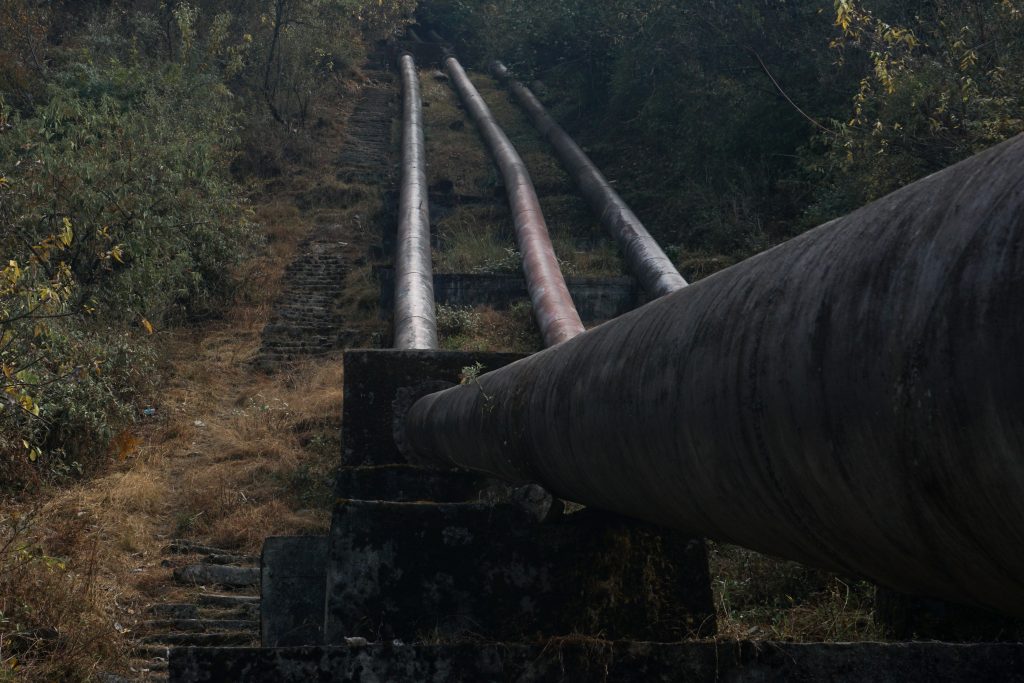
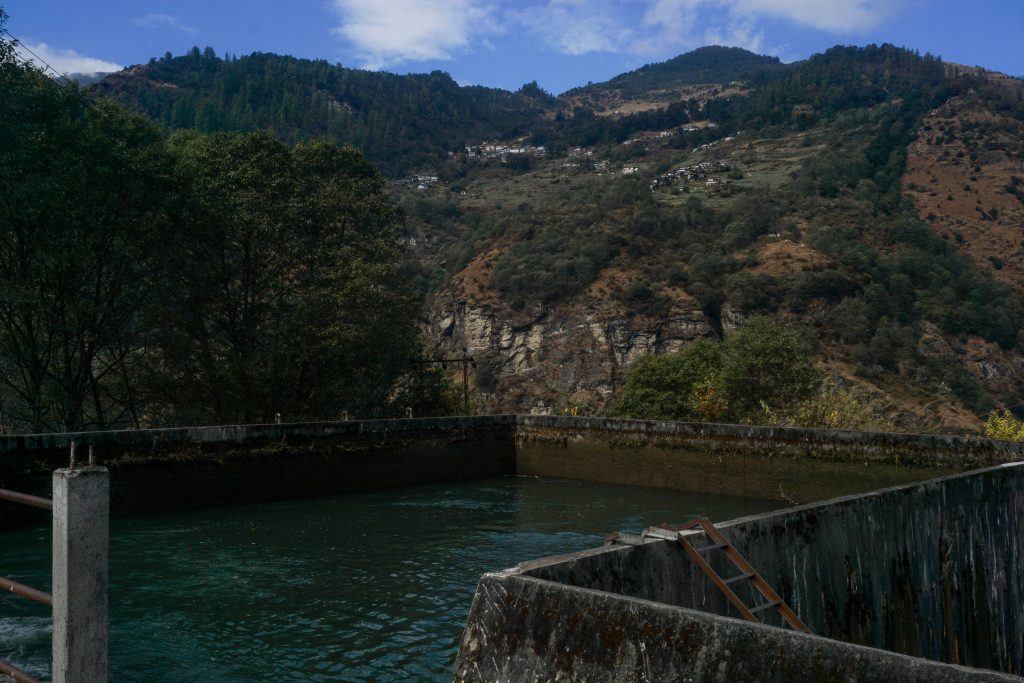
A ritual at Jang Monastery
Earlier that morning, I had heard prayers from Jang Monastery. It was one of those few places that used some sort of an amplification system. The chants were audible from Nuranang valley. Once I was back at Jang Bazaar Line, I asked a couple of kids who were playing near a water stream if there was a trail that could take me to the Monastery. One of the kids asked me to follow her. She led me through some alleyways between houses and left me in front of a flight of stairs. “Just follow this and you’ll reach the gompa,” she said. The trail was well-made and well-maintained. While there is a motorable road from upper Jang near SSB barrack, villagers living in the valley and near the bazaar used this trail very frequently.
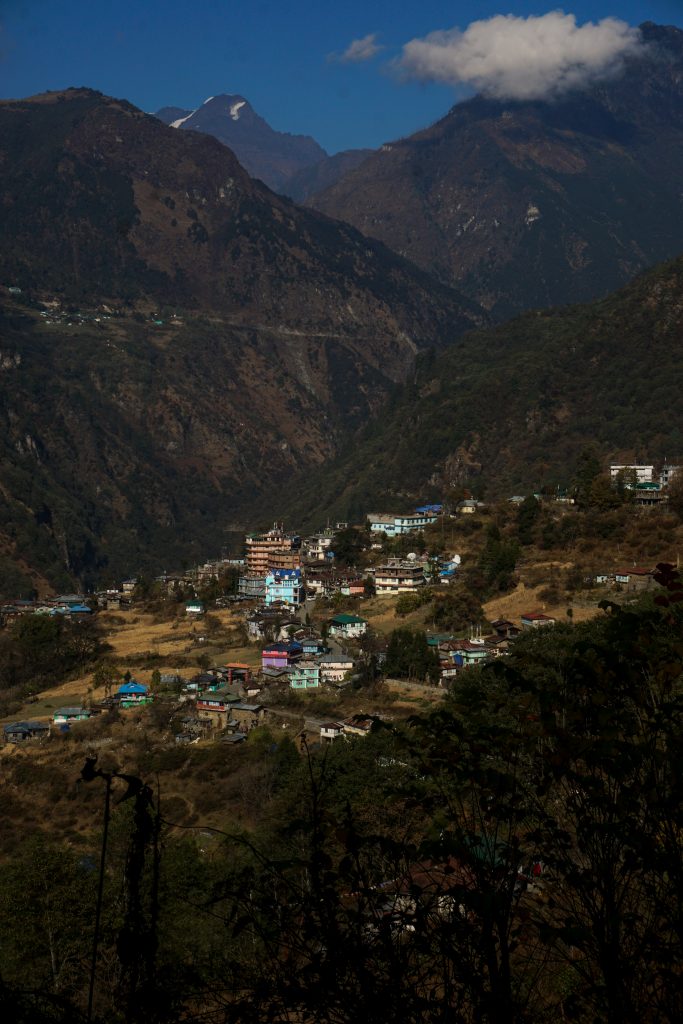
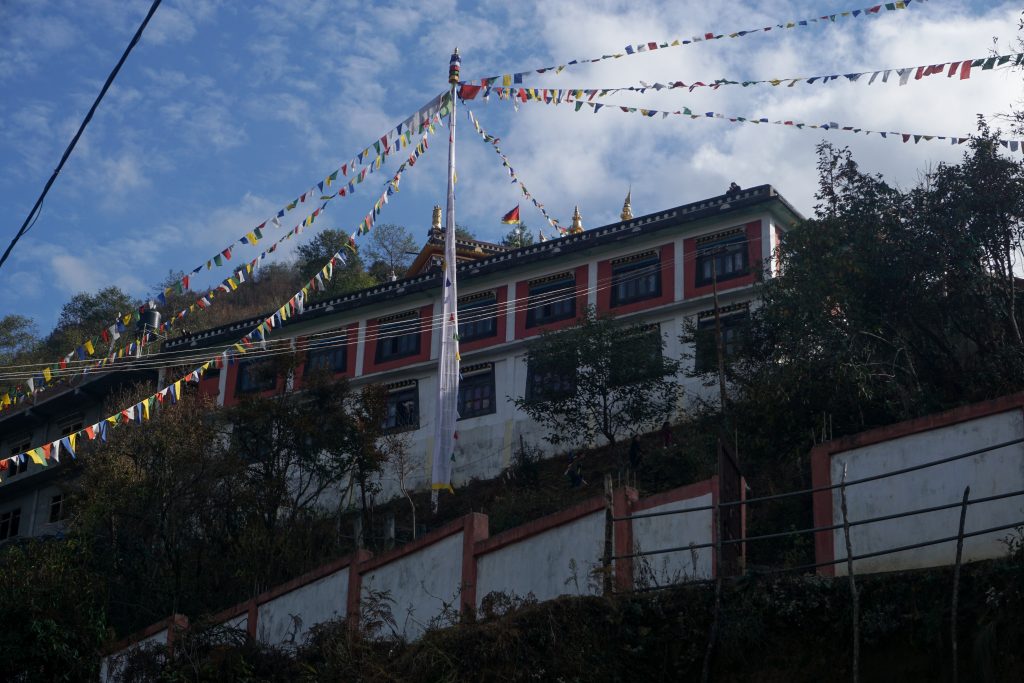
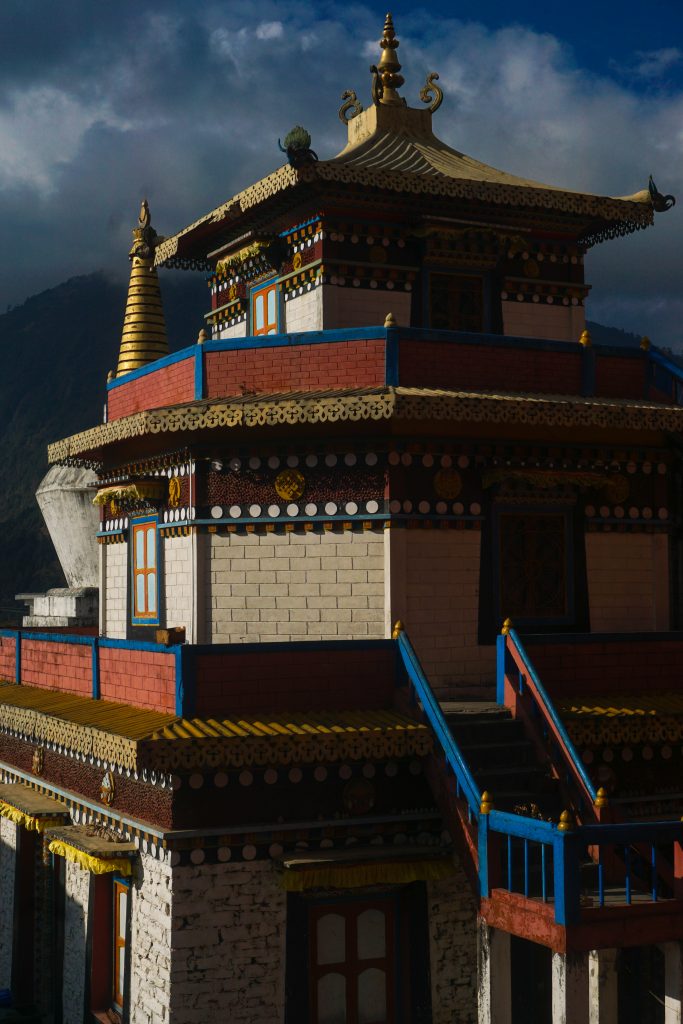
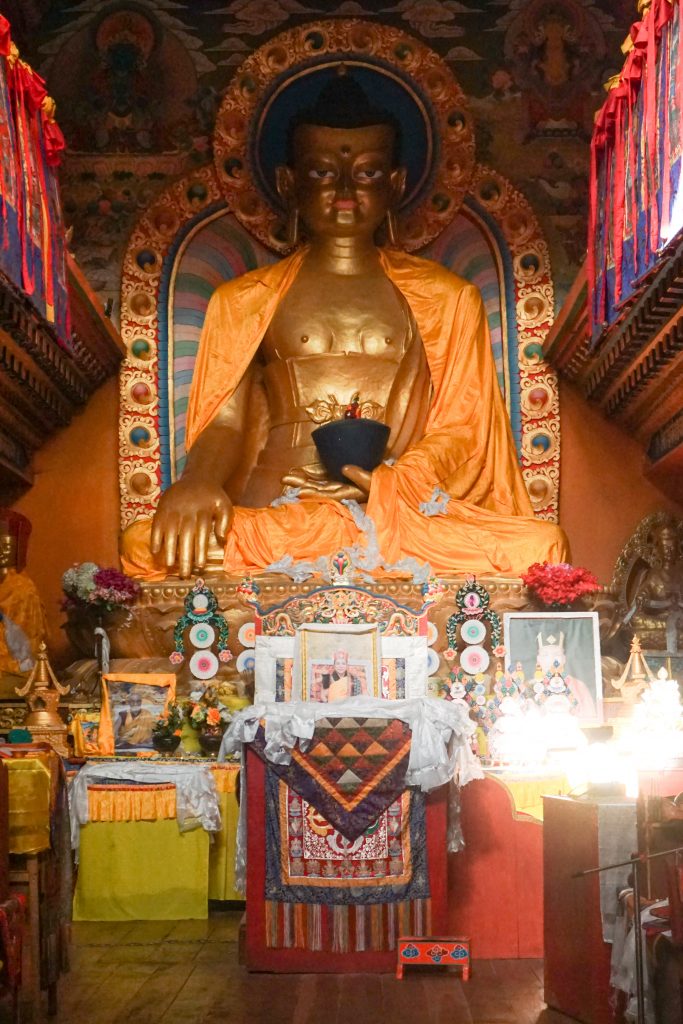
Once I reached the monastery, I found myself among a bunch of locals who had come to participate in a day-long prayer ceremony called as torkia or thulley. The monks pray for a disease-free village. One of the monks dress up to “become” a deity and perform a number of rituals. Judging by his attire and the image on his gown, I believe he personifies Mahakala [3]. While all of us observed the rituals, a villager distributed tea to everyone.
The rough idea of the ritual was to lure these disease-bearing spirits with grains and butter and then impale them with an arrow and burn them in a pyre. There would be much more detail involved in the symbolism but I am not well-aware of them; nor were the villagers able to explain in any more detail. One of the villagers brought a basket of grains and asked me to take a fist full of grain. Thus, I ended up participating with the villagers in throwing grains at the spikes and into the pyre.
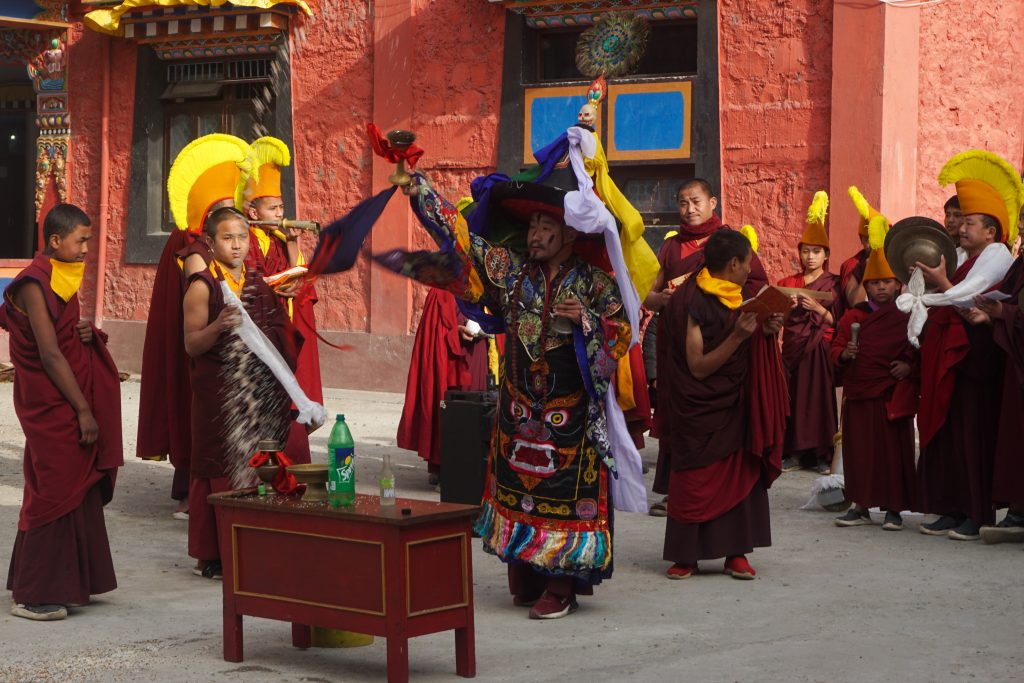
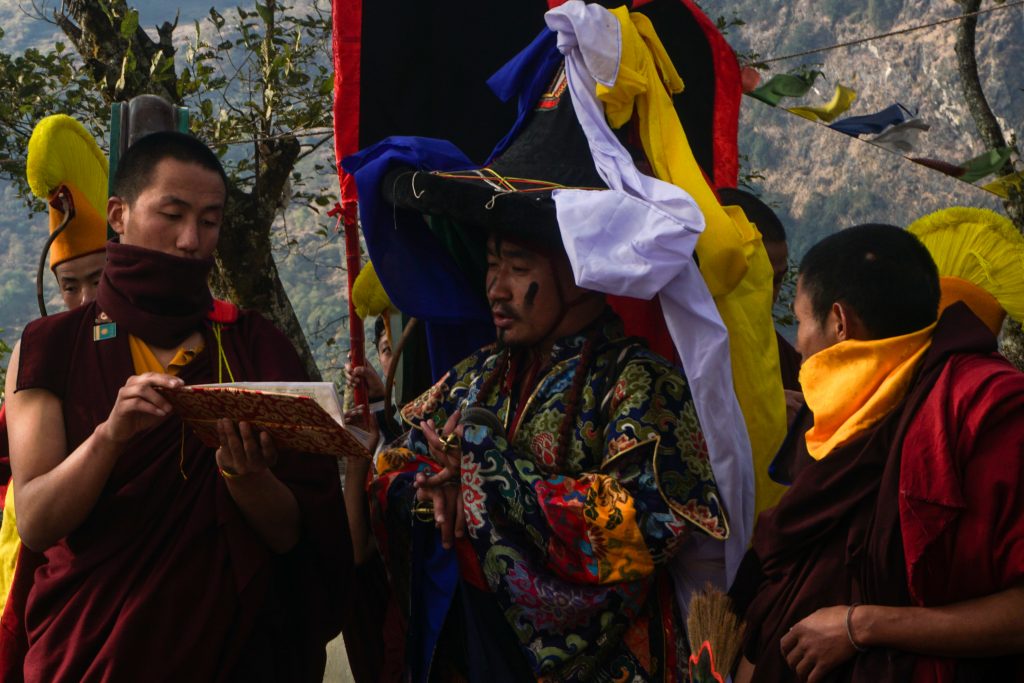
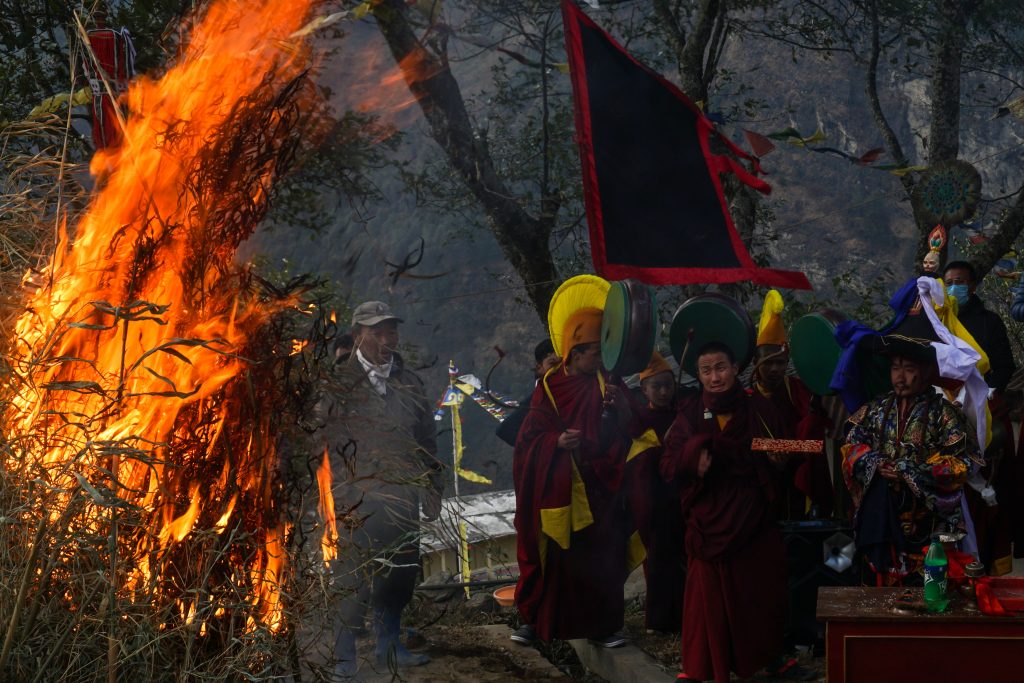
That evening, I had a hearty meal—chicken thali—at the Bengali Restaurant in Hotel Gombu. I was tired and the food was tasty. That’s a deadly combination for over-indulgence. Biswajit Das—a Bengali from Assam—managed the Hotel and ran the restaurant. I asked him to book a seat in a Sumo for Dirang the next day and paid him INR 1000. These Sumos ferried passengers from Tawang to Bomdila. Irrespective of one’s boarding or alightment point, a passenger has to pay for a reservation for the entire length of the vehicles journey.